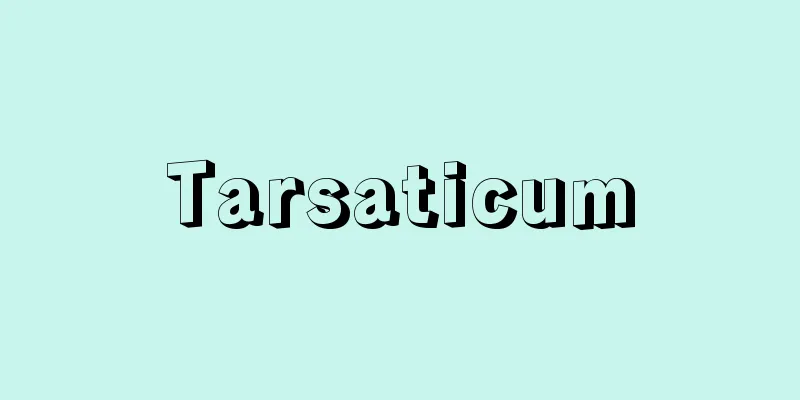Werth, E.

|
… From [Plow]...This is because the origins of various types of wheat, some cereals (foxtail millet, millet), and large livestock (cattle, camels) are all included in this area, which is the basic complex of plow farming. Emil Werth, who believes that the plow originated from the digging stick, assumes that the origin was in the area from northwestern India to Afghanistan, where plow farming and hoe farming coexisted. On the other hand, there is also a view that the origin of the plow is located in the west of this area, because the existence of the plow has been confirmed in Mesopotamia around the 3rd millennium BC, and because the use of the traction force of livestock such as the wheel is thought to have been invented in Western Asia. *Some of the terminology that mentions "Welt, E." is listed below. Source | Heibonsha World Encyclopedia 2nd Edition | Information |
|
… 【すき(犂)】より…それは,前記の犂農業の基本複合のうち,各種の麦類,雑穀の一部(アワ,キビ),大家畜(牛,ラクダ)の原産地がいずれもこの範域に含まれていることによる。掘棒から犂の発生を考えるウェルトEmil Werthは,犂農業と鍬農業の併存地帯のうちインド北西部からアフガニスタン付近を起源地と想定している。一方前3千年紀ごろに犂の存在がメソポタミアで確認されること,また車輪のような家畜の牽引力利用の発明地が西アジアと考えられることなどから,この範域でも西寄りに犂の発生地を求める見解もある。… ※「ウェルト,E.」について言及している用語解説の一部を掲載しています。 出典|株式会社平凡社世界大百科事典 第2版について | 情報 |
Recommend
Public - Koukyou
〘noun〙① society in general. public. public. ※Gong ...
Jāhiliya (English spelling)
Arabic term referring to the state of the Arab wor...
Tangent plane
Let the functions x = x ( u , v ), y = y ( u , v )...
Grand Public News - Daikoho
A Chinese daily newspaper. It was first published...
Alex La Guma
1925‐85 A South African coloured writer. At a youn...
Fujiwara no Fuyutsugu - The Winter Prince of Fujiwara
A politician in the early Heian period. The secon...
Kawarasakiza Theatre
A Kabuki theater in Edo. It was founded by Kawaraz...
Charity show
A performance such as a play, music show, or movie...
Odamaki Hills
...Three terraces have developed along the Arakaw...
Cut rice - Kirimai
〘 noun 〙① In the Middle Ages, the contract to pay ...
Anderson, L.
… The impact of Japanese performance activities i...
Insurance salesperson
A person who belongs to a life insurance company a...
fes
…A cylindrical hat made of red felt with small ta...
Gurlitt, W.
…However, what cannot be overlooked at the same t...
Etsuro - Essui
…The majority of the inhabitants are Naxi people,...









